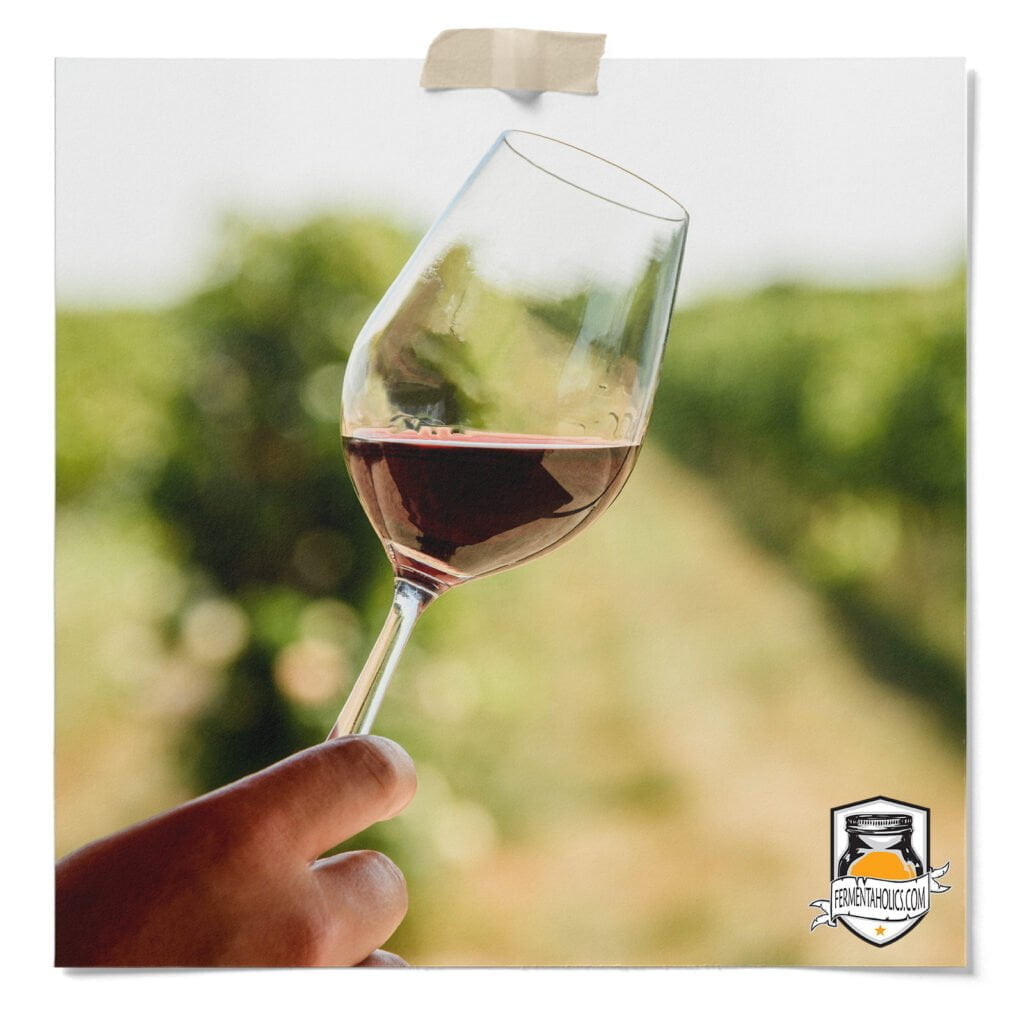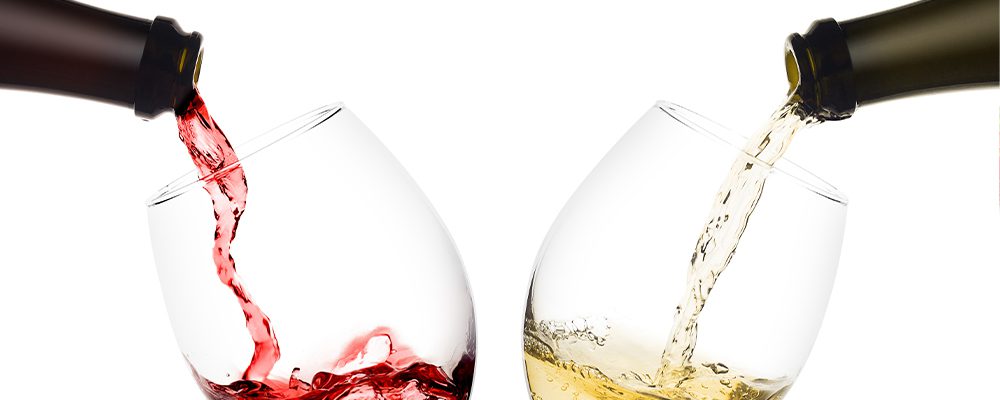
Acid blend is used to improve the quality of a wine by balancing the acidity. In addition, wines with higher acidity are better suited for long-term aging. Balancing the acids in wine is often the difference between good wine and a great one. Acid blend is a powder made from the most common fruit acids: malic acid, citric acid, and tartaric acid. When needed, acid blend is added directly to wine to raise its acid level. Wines that are low in acid tend to taste flat, while wines with too much acidity are tart or sour. When done right, a balanced wine will fall between these two and result in a bright, crisp, smooth, well-rounded wine.

The use of acid blend is pretty specific. If you are following a recipe that calls for the addition of an acid blend, then follow the directions. If you are not following a recipe, you will need to use an Acid Test Kit to determine current acid levels. An acid test kit will provide the total acid levels or TA, which will tell us the overall balance of the wine. The TA will be shown as a percentage (%TA) or decimal (# g/L).
These both mean the same thing and are interchangeable by moving the decimal. Once we know the current levels, we can compare them to the following ranges which are generally known and recognized to make a nice wine.
Now we can quickly determine what adjustments need to be made. Adding one teaspoon of acid blend to a gallon will raise the titratable acidity or TA by 0.15%. So after running an acid test, you determine your must needs to be brought up 0.30%; you will need to add two teaspoons of acid blend per gallon.
Adjusting the acidity can be done before primary fermentation, after primary fermentation, or both. However, it’s best to make these adjustments before fermentation as it will result in a better-tasting wine. The yeast will also be happier in their environment and have the resources needed to turn your must into wine. It’s also important to note that acid levels can increase or decrease during fermentation; a second adjustment may need to be made after fermentation as well.

Acid blend is a mixture of three different acids: tartaric, malic, and citric. It’s used in winemaking to balance the pH and improve the wine’s overall flavor profile.
Acid blend is important in winemaking as it helps balance the pH, enhance flavor, and preserve the wine. It also aids in fermentation by providing a favorable environment for yeast.
Tartaric acid helps with pH balance and adds a certain tartness to the wine. Malic acid gives a sour apple flavor and contributes to malolactic fermentation, while citric acid enhances flavor and acts as a preservative.
If a wine has too much acid, it can taste sour or sharp. It may also interfere with the yeast during fermentation, causing the process to stall or completely stop.
If a wine has too little acid, it may taste flat or lack complexity. Additionally, low acid levels may lead to microbial spoilage and a shorter shelf life for the wine.
Winemakers can test the acid levels in their wine using a process called titration, which involves adding a solution of known concentration to the wine until a pH change indicates the acid concentration.
The ideal pH range for most wines is between 3.0 and 3.4. This level ensures the wine has a balanced flavor and a stable environment for fermentation.
Yes, acid blend can be used in other types of fermentation processes, such as cider and mead making. It can help to balance flavor and create a better environment for yeast.
The amount of acid blend to add varies based on the current pH, the type of wine, and personal taste. Always measure the wine’s acidity before adding acid blend.
